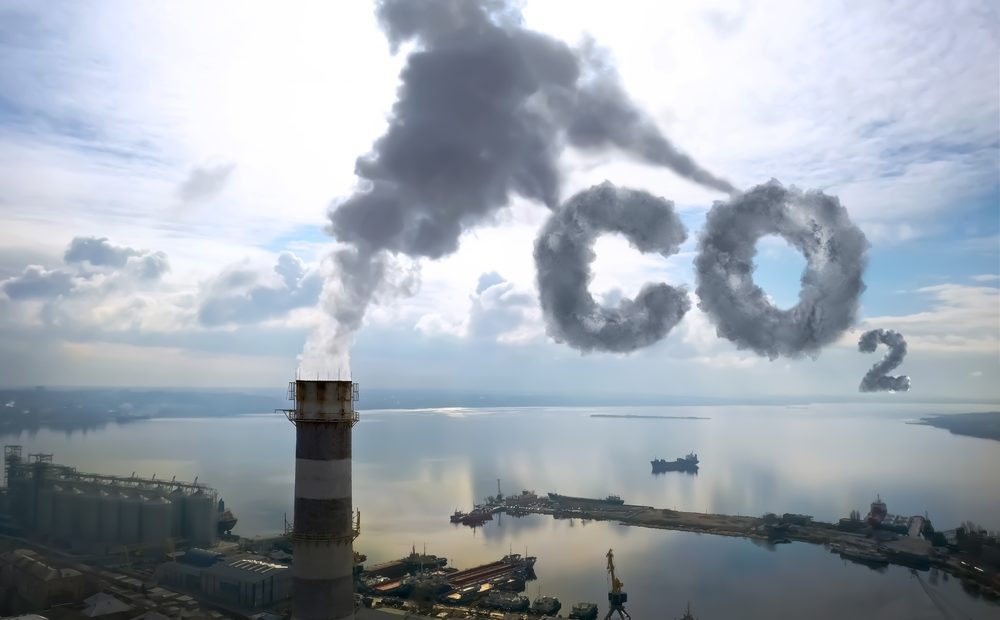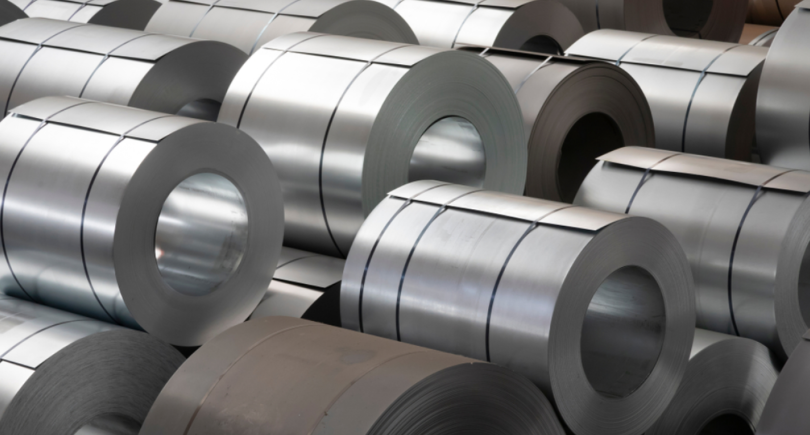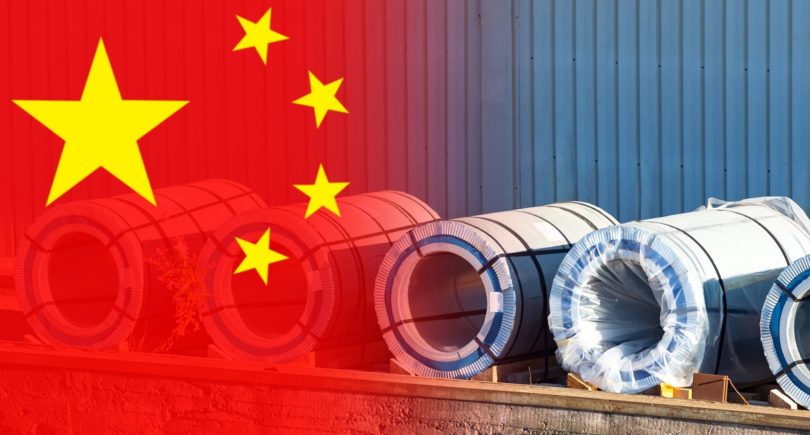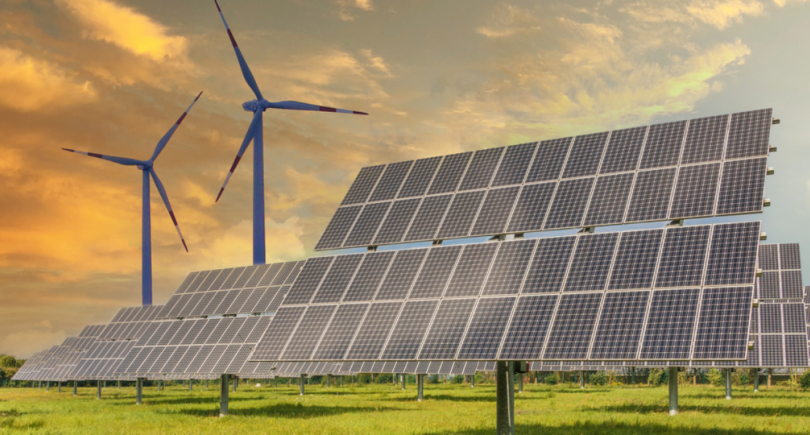
News Global Market China 2356 25 January 2024
Emissions of sulfur dioxide per ton of steel were 0.21 kg/t, smoke and dust – 0.25 kg/t, nitrogen oxide – 0.42 kg/t
Total emissions in China’s steel industry increased by 7.8% in 2023 compared to the same period in 2022. This was reported by the China Steel Association (CISA).
Emissions of sulfur dioxide per ton of steel amounted to 0.21 kg/t (-6.5% y/y), smoke and dust – 0.25 kg/t (-8.2% y/y), nitrogen oxide – 0.42 kg/t (-10.2% y/y). Sulphur dioxide and particulate matter emissions decreased by 9.1% and 8.8%, respectively.
The total volume of water used by metallurgical enterprises in January-December increased by 3.3% y/y – to 90.2 billion cubic meters. In particular, new water intake decreased by 1.2% y/y, while reuse increased by 3.4% y/y. The water reuse rate amounted to 98.2%, up 0.08ppt y/y.
Steel slag production by Chinese steelmakers in 2023 amounted to 88.2 million tons, up 0.4% y/y. Blast furnace slag production increased by 2.5% y/y – to 234.05 million tons. The utilization rate of steelmaking slag was 98.85% (+0.24 percentage points y/y) and that of blast furnace slag was 99.39% (+0.15 percentage points y/y).
Blast furnace gas production amounted to 961.51 billion cubic meters, up 0.1% yoy, BOF gas production amounted to 87.25 billion cubic meters (+7.7% y/y), and coke oven gas production amounted to 57.63 billion cubic meters. The blast furnace gas utilization rate was 98.6%, up 0.3 percentage points compared to January-December 2022, BOF gas utilization rate was 98.6% (+0.22 percentage points y/y), and coke oven gas utilization rate was 98.7% (+0.11 percentage points y/y).
As GMK Center reported earlier, China increased steel production by 0.6% in 2023 compared to 2022, to 1.019 billion tons. Thus, the downward trend in the country’s steel industry has stopped after two consecutive years of declining production.
Last year, the Chinese authorities did not impose restrictions on steel production in line with their ambitions to reduce CO2 emissions, which contributed to an increase in production and revenue of local steelmakers. At the same time, in 2021-2022, the downward trend in the industry was supported by the relevant restrictions.



